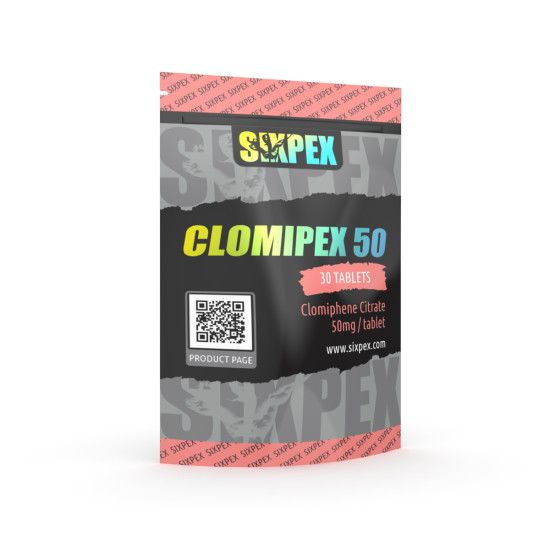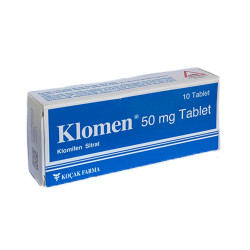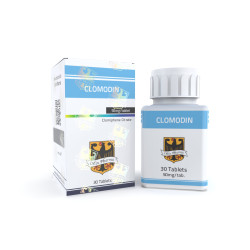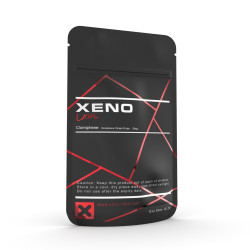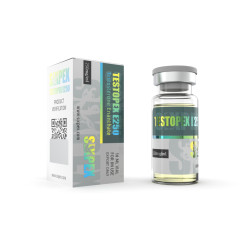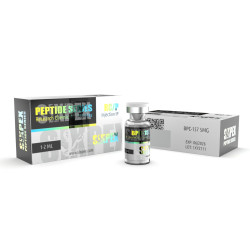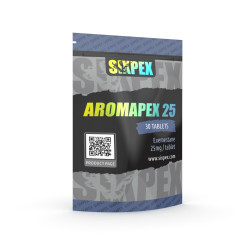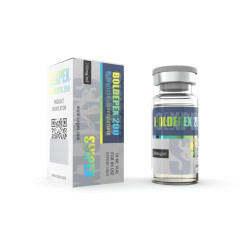SIXPEX Clomipex 50
Login to access member privileges...
SIXPEX Clomipex 50
Manufacturer: Kocak Farma, TurkeySubstance: Clomiphene CitratePack: 10 tabs (50 mg/tab)..
Manufacturer: Odin PharmaSubstance: Clomiphene CitratePack: 30 tabs. (50mg/tab.)..
Manufacturer: Xeno LabsSubstance: Clomiphene CitratePack: 50 tabs (50 mg/tab)..
Manufacturer: SixpexSubstance: Testosterone EnanthatePack: 10 ml vial (250 mg/ml)The Comprehensive Guide to Testosterone Enanthate Usage in Bodybuildi..
Manufacturer: SixpexSubstance: Body Protection Compound 157Pack: 5mg / vial..
Manufacturer: SixpexSubstance: Human Chorionic GonadotropinPack: 5000iu vialOptimizing Human Chorionic Gonadotropin Usage and Dosage for Pos..
Manufacturer: SixpexSubstance: AnastrozolePack: 30 tabs. (1mg/tab.)The Comprehensive Guide to Anastrozole Usage and Dosage in Bodybuilding1. Introduct..
Manufacturer: SixpexSubstance: ExemestanePack: 30 tabs. (25mg/tab.)..
Manufacturer: SixpexSubstance: Boldenone UndecylenatePack: 10 ml vial (100 mg/ml)..
Manufacturer: SixpexSubstance: Body Protection Compound 157Pack: 5mg / vial..
Manufacturer: SixpexSubstance: CabergolinePack: 20 tabs. (1mg/tab.)The Comprehensive Guide to Cabergoline Usage and Dosage in Bodybuilding1. Introduct..
Manufacturer: SixpexSubstance: AnastrozolePack: 30 tabs. (1mg/tab.)The Comprehensive Guide to Anastrozole Usage and Dosage in Bodybuilding1. Introduct..
Manufacturer: SixpexSubstance: ExemestanePack: 30 tabs. (25mg/tab.)..
Manufacturer: SixpexSubstance: Boldenone UndecylenatePack: 10 ml vial (100 mg/ml)..

